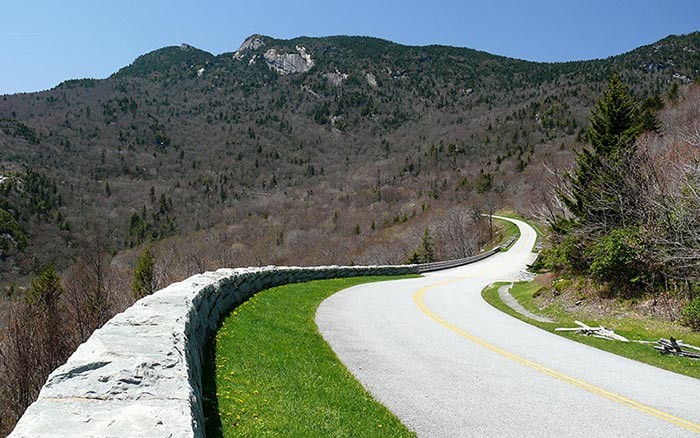
Here in Vermont there’s an interesting political race going on for governor, and it relates to our subject matter in that the contest might hinge, in some small but possibly significant way, on ridgetop wind turbines and the associated issues of renewable energy and land use and ecosystem health. In what is to some a quirky twist of political stereotypes, the Democrat in the race supports ridgetop wind installation and counts wind developers as donors, while the Republican has said he would ban ridgetop wind development and double down on solar and research into yet-to-be-perfected alternative energy technologies, like batteries capable of storing and distributing power on demand. Most Vermonters probably do not count wind energy as their primary motivation for going to the polls, but because the race is so close, and because a small but very passionate minority are single-issue voters, some pundits who know more about politics than I do are suggesting that the anti-wind vote could be what puts the Republican over the top. A recent letter to the editor in my local paper put it this way: “I usually vote Liberal Progressive Democrat...[but] I'll be voting the Green Mountain P(R)otection Party for Governor this time around, thank you very much.”
The whole thing reminds me a little bit of the debates over the Green Mountain Parkway that took place in Vermont 80 years ago. The Parkway was an ambitious New Deal idea that would have put unemployed people to work building a “skyline drive” across the spine and flank of the Green Mountains from one end of the state to the other; there was also a conservation component in that the road would have had a 1,000 foot right-of-way around it – the “park” in the parkway. If you’ve ever been to the Blue Ridge Parkway in Virginia, that’s what they wanted to do in Vermont. Proponents – many of them Roosevelt Democrats – said the project was going to create jobs, preserve the environment by putting more land under federal control, and keep young people in the state by giving them high-minded employment in log cabin rest stops, like the ones where Socrates used to work. (William Wilgus, one of the planners, wrote: “Along this lofty scenic route I envision year-round cultural, recreational, and spiritual centers, akin to those of ancient Greece, in which attractive occupations thereby offered young Vermonters would hold them to their native heath.”) Opponents included conservations like Aldo Leopold (“I can assure you that any desire on my part to revisit the Green Mountains would be forever canceled and destroyed if your state goes ahead with this road.”) and the Green Mountain Club – the group that created and maintains the Long Trail. But there was also resistance from anti-New Deal Republicans who resented big federal government programs and small business owners who didn’t want to see their businesses bypassed as tourists motored across the mountains.
Over the years, historians from across the political spectrum have weighed in on what the vote to reject the Green Mountain Parkway meant. Some hold that Vermonters were simply acting with fiscal-prudence by rejecting “quick fix” federal schemes. Others, lately, have been pushing revisionist interpretations that suggest the anti-Parkway vote had a provincial, even anti-Semitic component, and was more about keeping outsiders out. I find Hannah Silverstein’s take – published in a 1995 edition of Vermont History magazine – to be the fairest and most commonsensical. She concludes that: “Those who appreciated the aesthetics of the built environment had little trouble supporting the proposal to build a parkway . . . Vermonters who fought and voted against the parkway could not reconcile their ideal of ‘unspoiled’ nature with a permanent, artificial structure . . . If the battle were being fought today, the opponents’ arguments would be full of data about ecosystems and environmental impact, issues that concern more than the human world. Those arguments were not well formulated in the 1930s. Opinions about the parkway were mediated through individual beliefs about how nature and civilization should interact. For better or worse, Vermonters decided that a scenic parkway was not the best use of their mountain landscape.”
There are big differences, of course, between windmill development in 2016 and Parkway development in 1936. But I think Silverstein’s analysis remains relevant to at least some aspects of today’s wind debates.


Discussion *